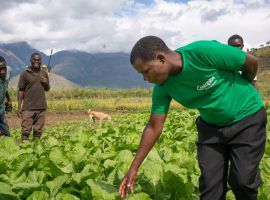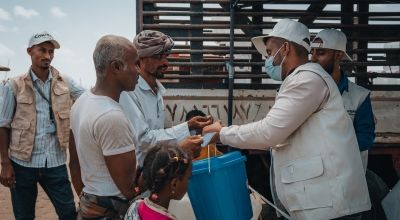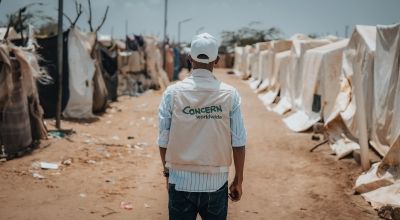
Knowledge Hub
Why invest in children's education? Education is at the heart of every child's development and is key to breaking the poverty cycle and improving health and opportunities for all children. Over 244 million children around the world, however, are not going to school at all and three-quarters of all primary-age children who may never set foot in school are girls.
Together, we can change this, in 2023, our education programmes impacted 1.1 million people but millions more children need our support.
How our education programmes transform lives
- Increasing access to education.
- Improving the quality of teachers and learning literacy, in particular, literacy through the Early Grade Reading Assessment (EGRA) tool.
- Improving child well-being by providing safe and encouraging learning environments.
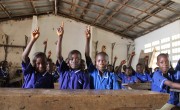
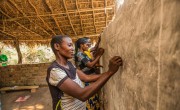
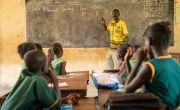
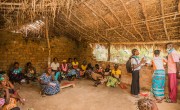
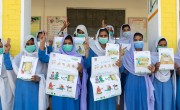
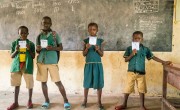
A closer look at our education programmes
We aim to contribute to lasting improvements in the lives of extremely poor people through the implementation of high-quality, multi-dimensional education programmes. Here we spotlight two of our approaches.
Improving literacy with EGRA
At least 250 million school-age children worldwide currently do not know the basics in reading and mathematics. This poor level of literacy drives school drop-out and exam failure and blocks students from progressing to secondary school. Ultimately, it puts millions of children at a cruel disadvantage for the rest of their lives. In order to accurately assess, improve and monitor literacy levels, Concern has refined and expanded the sector-leading Early Grade Reading Assessment (EGRA) tool among the most vulnerable communities.
Our EGRA tool – a series of short oral tests taken in the early grades of primary school – allows us to assess and then address children’s learning needs at an early age. It also allows us to identify knowledge gaps, gather robust data and monitor progress so we can accurately evaluate the success of programmes over time.
Safe Learning Model
Organisations who fund us
Publications on the theme of Education
Other ways to help
Donate now
Give a one-off, or a monthly, donation today.
Join an event
From mountain trekking to marathon running, join us for one of our many exciting outdoor events!
Buy a gift
With an extensive range of alternative gifts, we have something to suit everybody.
Leave a gift in your will
Leave the world a better place with a life-changing legacy.
Become a corporate supporter
We partner with a range of organisations that share our passion and the results have been fantastic.
Create your own fundraising event
Raise money for Concern by organising your own charity fundraising event.
